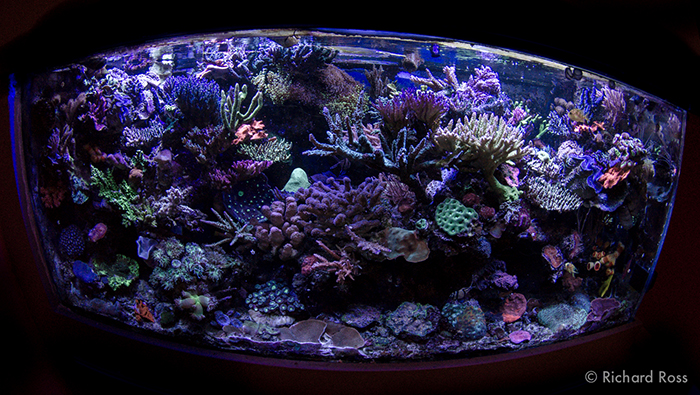- Joined
- Mar 7, 2017
- Messages
- 284
- Reaction score
- 173
No kidding. My tap water has fewer phosphates than that. Just measured it at 1.58 two weeks ago.I think the first step is as lou dog suggests, have your water tested elsewhere (LFS, chemical test kit, friend's test kit, etc.) to verify that you're not getting an inaccurate reading. If you are noticing symptoms in your tank (acans turning south, etc.) it's possible that your water tests are correct.
I don't think it's normal that you should be getting anywhere near 2ppm of phosphate in your RODI output water. If you are, my opinion is that it's not worth it to try and fight that in the tank. I would either treat the RO water for phosphate before introducing into your tank or temporarily buy RO water from another source until you can get your unit to produce water with 0 (or nearly 0) phosphates.
Phosban says it works in freshwater, I'm not sure about GFO. If it does, it might make sense to make a big batch of RO water and run a GFO or Phosban reactor on that before using it in your tank, for now. This would at least give you a source of water for large water changes that could help reduce the system's phosphate level.


















